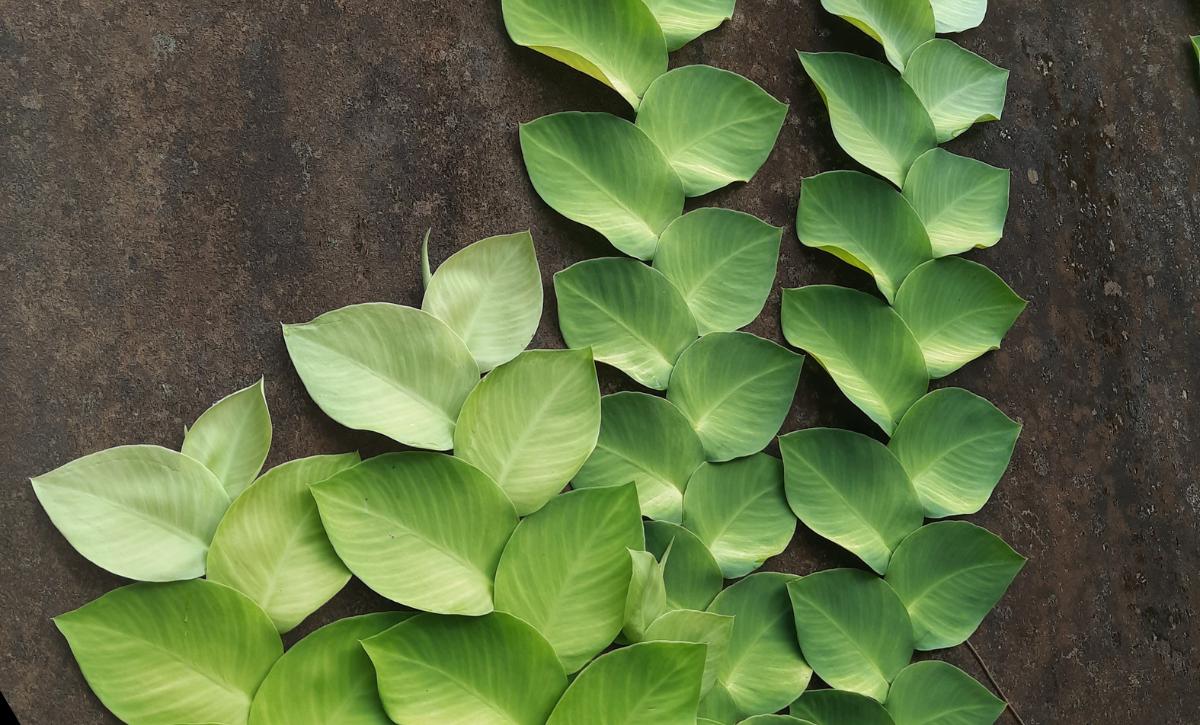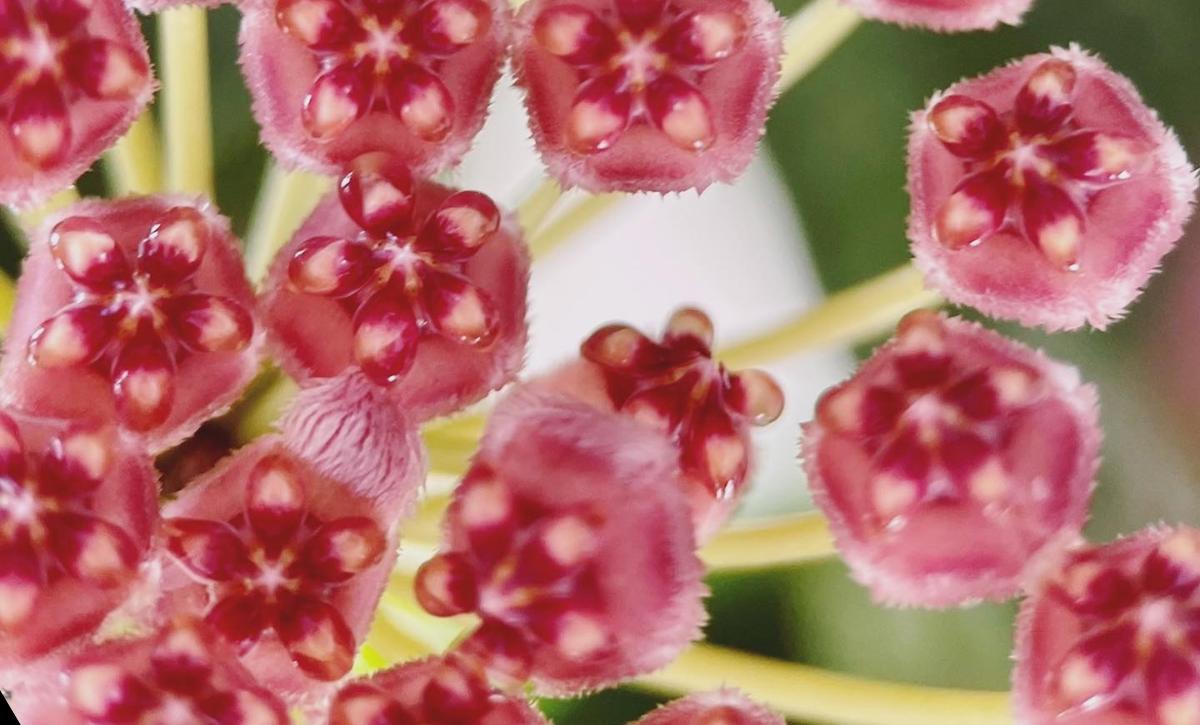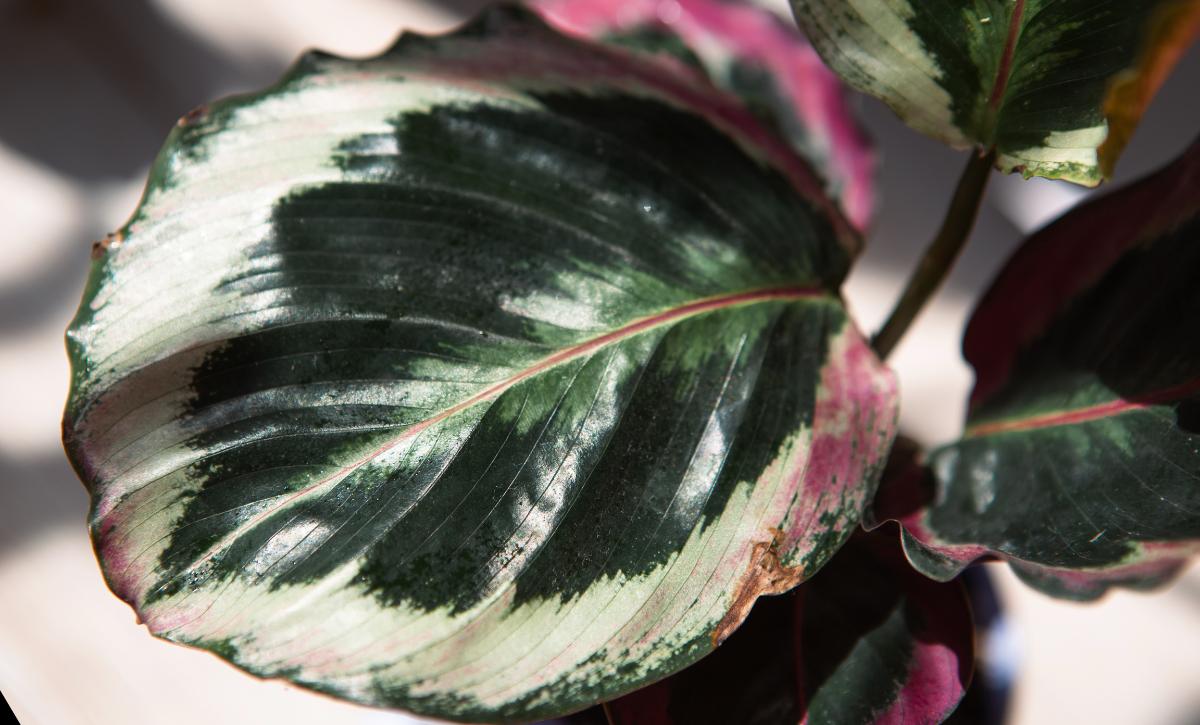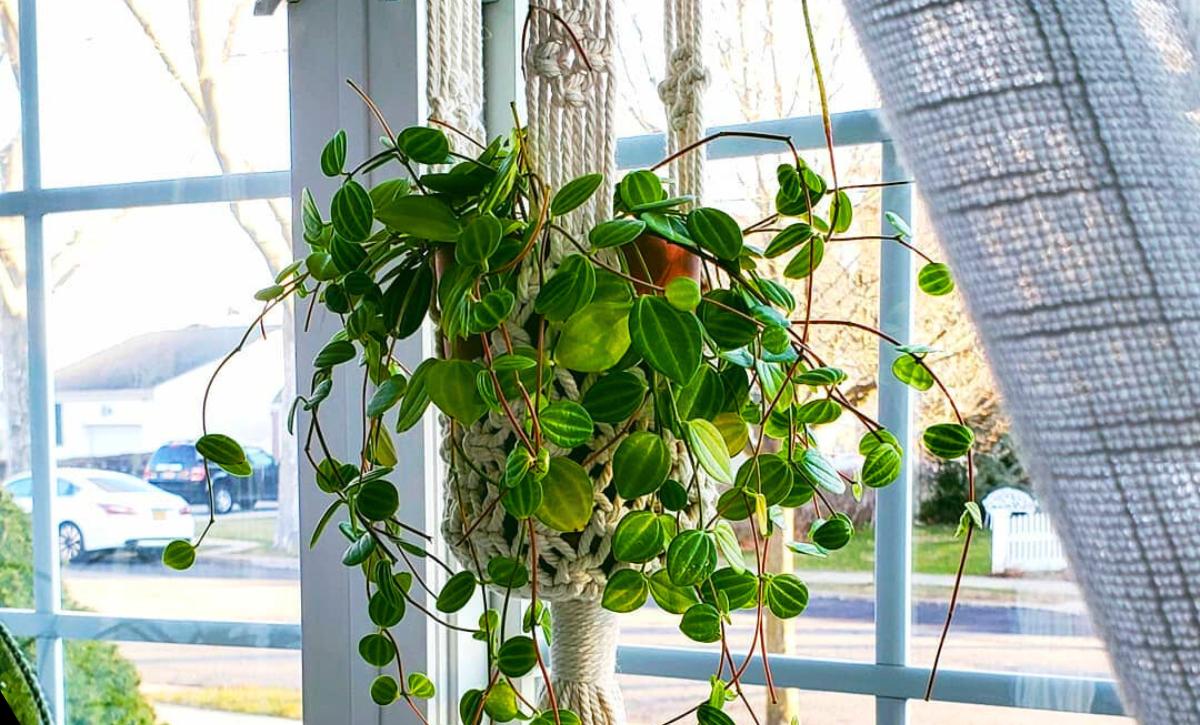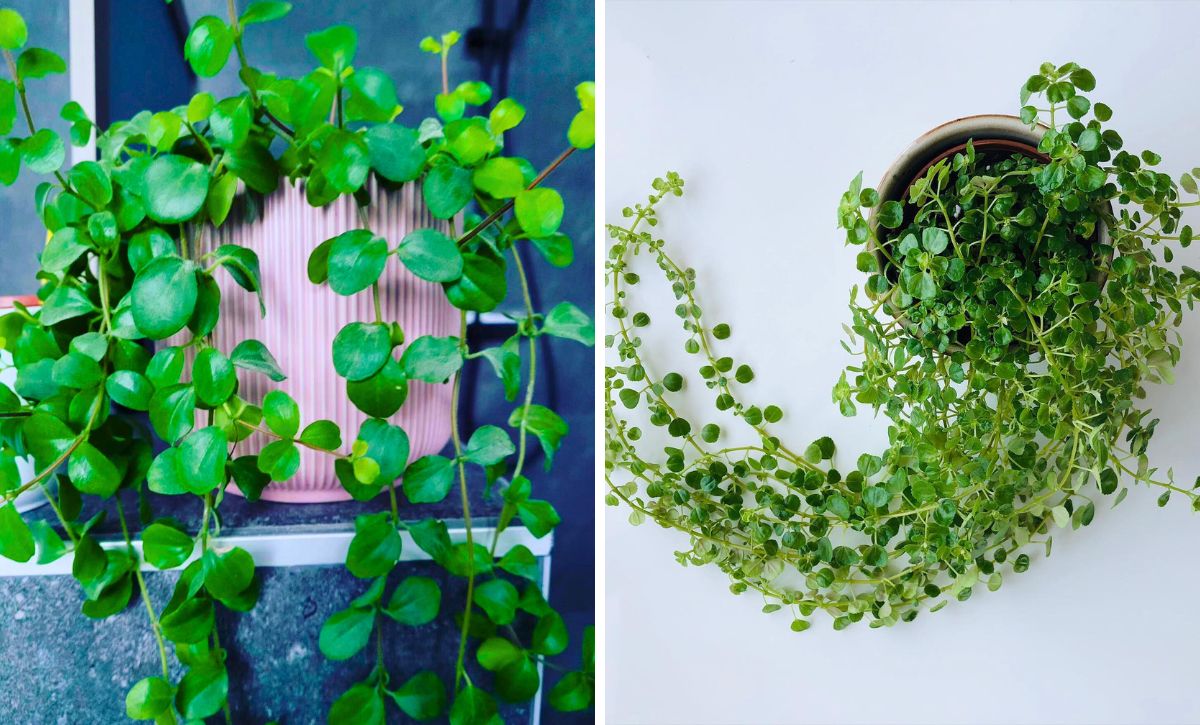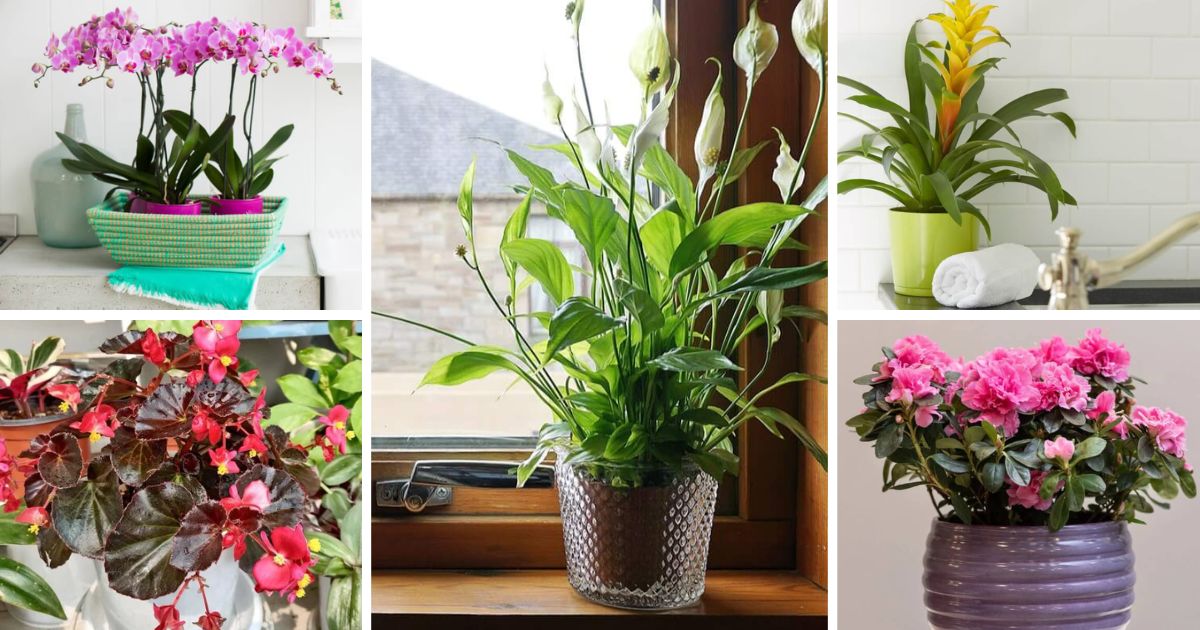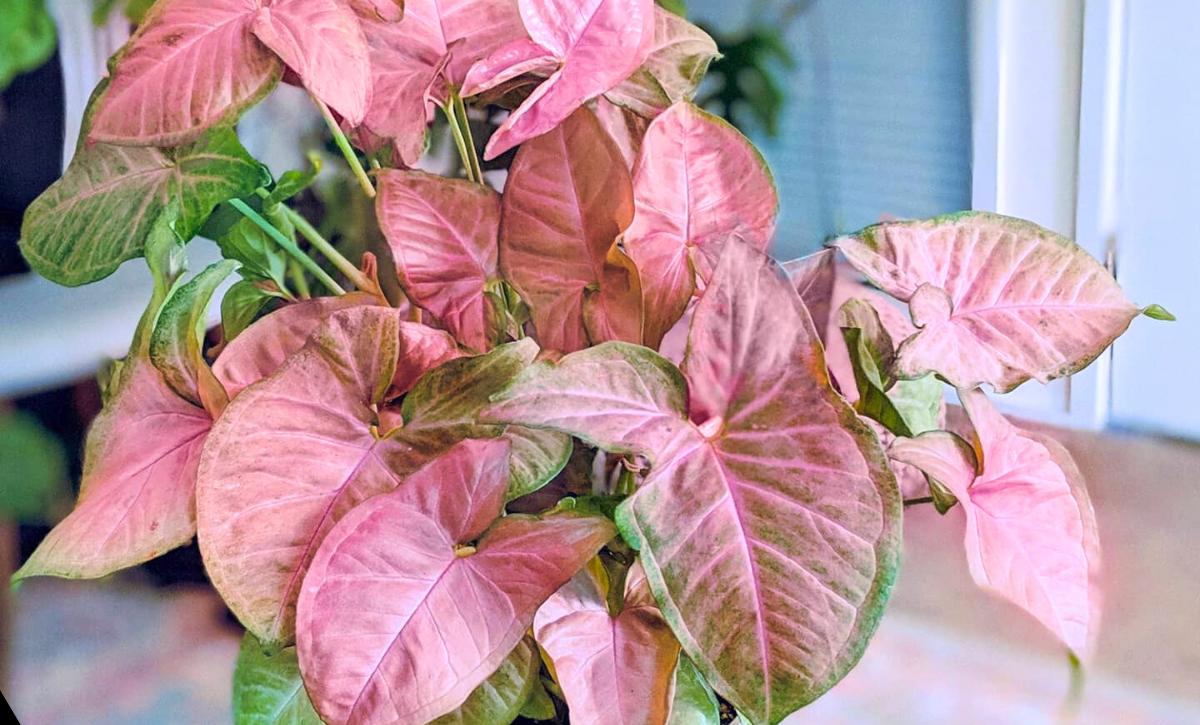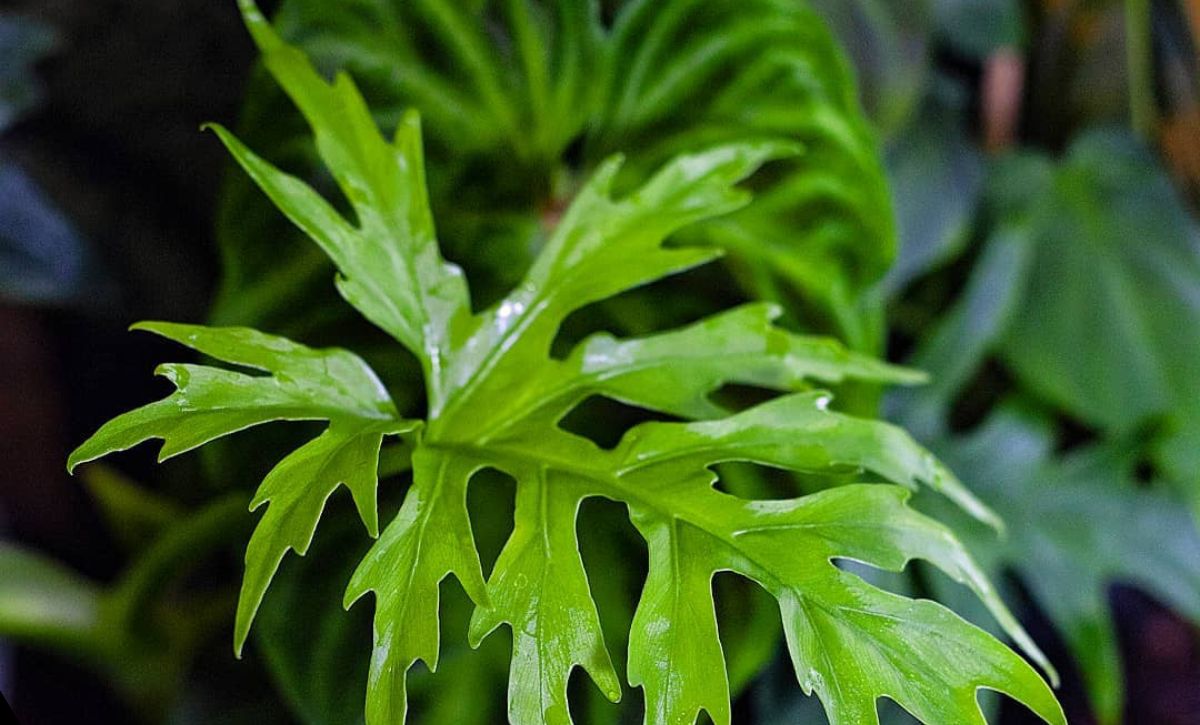Africa has a diversity of flora and fauna; it’s no wonder you can find almost every parent plant.
One of these plants is the ZZ plant, also known as the Zamioculcas Zammifolia or Zanzibar Gem.
It’s an exotic houseplant from one of the hottest regions in Africa. Due to their ability to tolerate harsh climates, these plants are easy to maintain.
This low-maintenance plant that usually fits nicely in minimalist decor will likely complement any style.
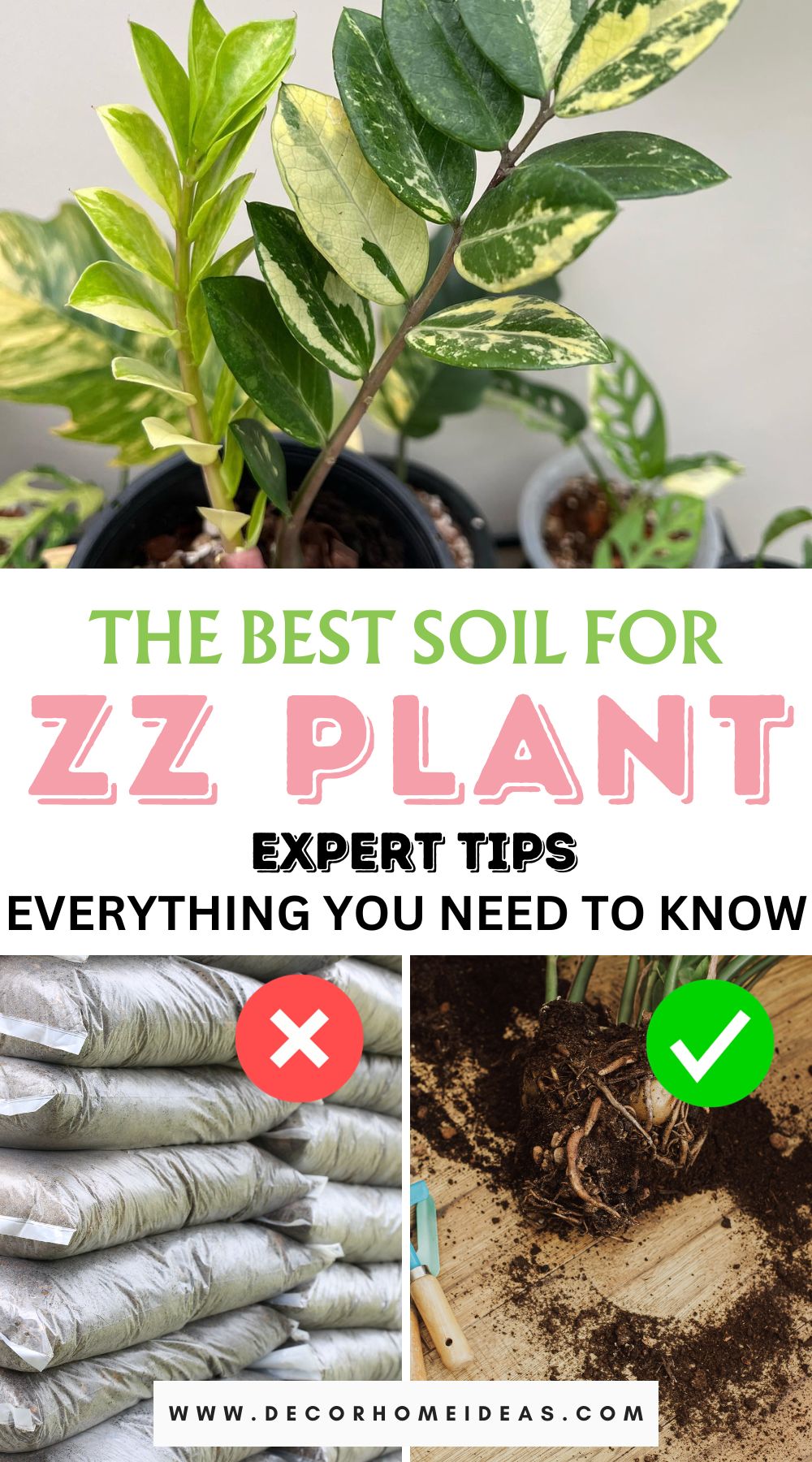
While the ZZ plant has no special growing requirements, you must provide suitable conditions to thrive.
Soil is one of the crucial elements or factors you should check out when growing this plant. The suitable soil will affect the health and growth rate of the plant as well as its watering needs.
In this article, we’ll analyze different soils to help you determine which best fits your ZZ plant.
What is the Best Soil for The ZZ Plant?
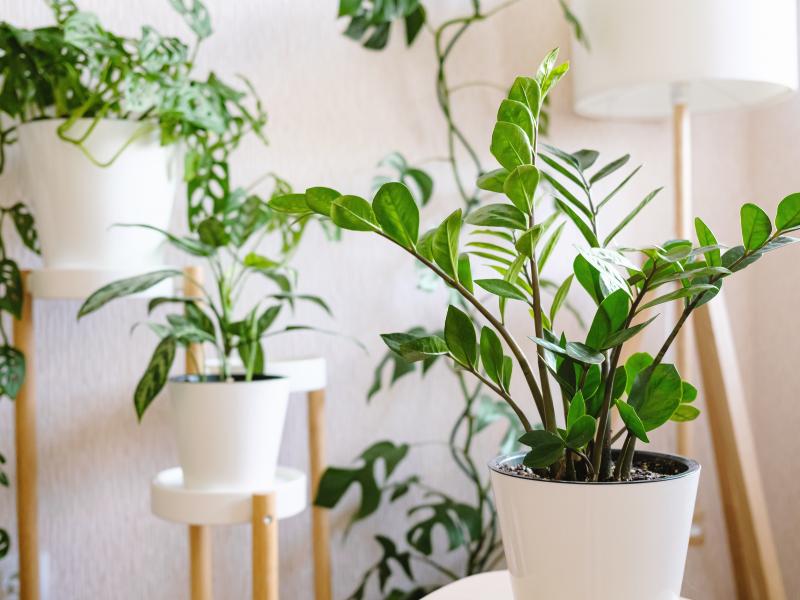
Several factors will impact the quality of the potting mix, such as aeration, moisture content, and nutrient content. This article will discuss what the ideal potting mix for the ZZ plant should contain.
The pH level is another crucial factor when selecting a potting mix for the plant.
Let’s examine some of these factors.
The pH Level
PH is one of the crucial elements when determining soil quality. This is because the pH level affects the number of compounds or nutrients that dissolve in water, transporting them to different plant parts.
While some elements will be found in alkaline soils, others will be found in acidic environments.
The ZZ plant will thrive in a slightly acidic to neutral environment with a pH of 6.0 to 7.0.
Components of the Soil Mix
To get the best results, I would advise using a ready-made store-bought potting mix that often contains all the components the plant needs to develop properly.
You can also buy a cactus or succulent mix to grow your plant.
If you want a more hands-on approach, prepare the potting mix yourself!
Here is what you need.
1. Coco Coir
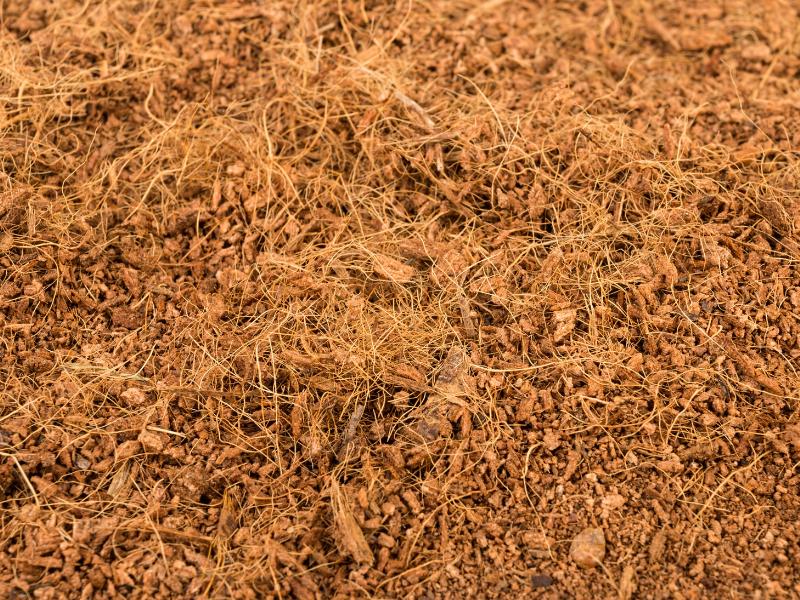
Coco coir is made out of coconut.
This component is highly rot-resistant, fibrous, resilient, and porous. It is perfect for creating products exposed to water for long or outdoor plants.
Adding Coco Coir to garden soil can be excellent in amending the drainage as it’s not only organic but also increases the capacity of the water absorption and retention by the soil. Another use of this material is in propagating plants such as hydroponics and hatch seeds.
This material is closely similar to peat moss, even though it can be argued that coco coir is the better of the two due to its sustainability.
2. Peat Moss
Peat moss, also known as sphagnum peat moss, is an organic material from decomposed peat bogs. Like coco coir, peat moss can also be used as a growing medium for hydroponic plants and is an excellent addition to garden or potting soil.
Here are the benefits you get by adding peat moss to your soil mix:
- Peat moss is sterile: Being sterile, this component is disease-resistant and won’t lead to nasty surprises such as pests, fungi, and other microorganisms attacking your plant.
- Improves the soil acidity: For plants that prefer acidic conditions, peat moss is the perfect addition since it’ll contribute to maintaining these acidic conditions.
- It’s versatile: Peat moss combines excellently with other components in the soil, making it a great addition.
- Improves water retention: The ability to retain water makes this material suitable for plants that prefer well-drained soils but also need a bit of moisture.
- Soil conditioner: Peat moss reduces soil compacting and makes dense soils softer, thus improving air circulation in the soil.
3. Perlite
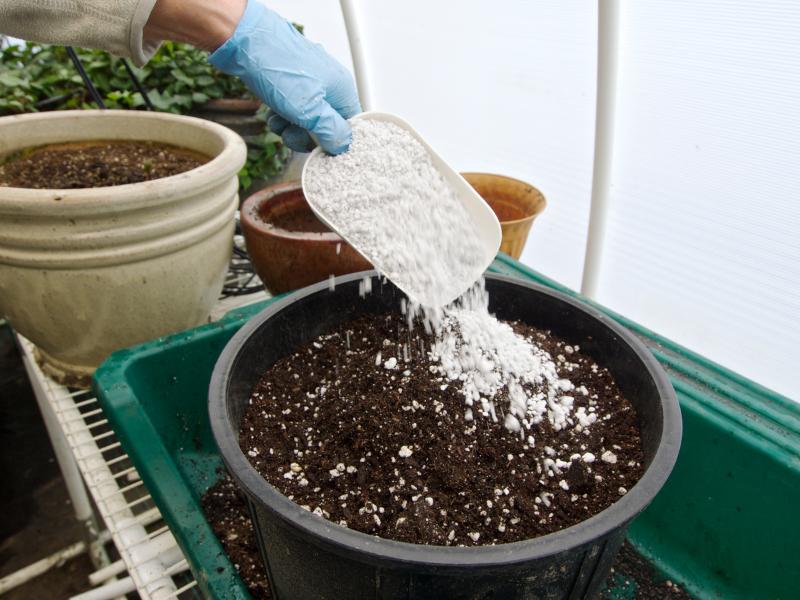
This is one of the most common components of improving soil aeration. Perlite is a type of amorphous volcanic glass, also known as volcanic popcorn, often confused with Styrofoam.
While this material is greatly porous and has almost zero ability to retain water, it’s highly efficient in improving aeration.
Perlite is mainly added to growing mediums to increase aeration and can also be used to change the substructure of the soil by preventing compactness and ensuring the soil is loose.
It’s also important to note that perlite is excellent for growing new cuttings. Cuttings grown in perlite usually develop stronger roots than those propagated in water.
While this material has uses in other industries, such as pharmaceuticals, masonry construction, cement manufacturing, and soaps, its instrumentality as a growing medium can’t be ignored.
4. Horticultural Sand
Horticultural sand is made of various materials, including quartz, crushed sandstone, or crushed granite. This material’s composition excludes lime, ensures it doesn’t impact the soil’s pH balance, and may improve it.
This sand doesn’t clamp or compact together like traditional sand since it has rougher edges. As such, it won’t fill the empty spaces in the soil.
This is one of the reasons horticultural sand is good for improving aeration and drainage in the soil.
The main downside to this material is that it’s not easy to find quality pre-mixed horticultural sand, and even when you’re lucky, it may be pretty expensive.
However, if you have the means, it’s a great way of improving the soil and creating an ideal environment.
5. Pine Bark Fines
This is a soil conditioner made up of barks of trees such as pines, spruce, and firs. When these barks are crushed, they make for a good soil conditioner by increasing the pore space in the soil.
This allows easy absorption of oxygen and nutrients in the soil and improves moisture retention.
Additionally, by amending soil with pine barks, you can reduce the formation of lumps, reducing soil compactness.
Soil Considerations Depending on the Pot Type
Regardless of your chosen pot, it’s important to remember that a ZZ plant’s soil should always be well-drained.
However, it’s important to note that the potting material can affect your plant’s drainage. For example, a plastic pot will likely retain more moisture than a porous pot material.
How to choose the right pot for the plant
The right pot for the plant could significantly impact how well the ZZ plant grows, so it’s essential to choose the correct one.
You can choose from two types of pot materials: porous and non-porous. Porous materials are fast-draining and will make a good choice for plants with overwatering issues.
On the other hand, non-porous materials have a more remarkable ability to retain water, making them perfect for gardeners with busy schedules.
One of the best materials for growing the ZZ plant is terracotta. This material is porous and has drainage holes at the bottom, which aid in drainage, and the pot won’t crack once the rhizomes start expanding.
Even after getting the suitable or correct pot material, choosing the right pot size is essential to offer the plant enough room for growth.
Every once in a while, check the pot to see if the ZZ plant has become root-bound to the pot.
If that’s the case, repot the plant to a bigger pot. We’ll explain how to do that later.
The Best Soil Recipes for ZZ Plant
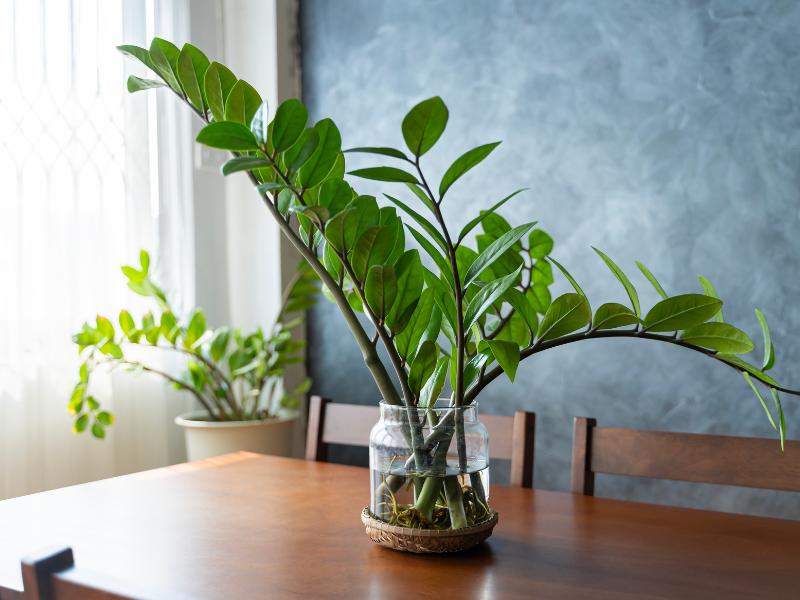
Recipe 1: Soil Mixes
- ¼ succulent soil
- ¾ organic potting soil
- To improve the nutrient content, add a small amount of compost
Recipe 2: Perlite and peat Moss
- ¼ peat moss
- ½ perlite (coarse sand can also be added)
- ¼ potting soil
Recipe 3: Coco Coir
- ½ potting soil
- ¼ coco coir
- ¼ coarse sand
Making the perfect potting mix
The trick to the perfect potting mix is finding and sticking to a mix that works for you. For example, if you use peat moss and perlite, don’t change later to coco coir.
When making the potting mix, ensure the ingredients are mixed in a separate container from where you’ll grow the plant.
Add some water and potting mix to your growing pot to improve the moisture content. Place the plant’s root ball in the center and add more mixture.
Ensure you don’t apply extreme pressure on the soil after planting the ZZ plant, as it doesn’t do well in compact soils.
Tips and Tricks for ZZ Plant Care
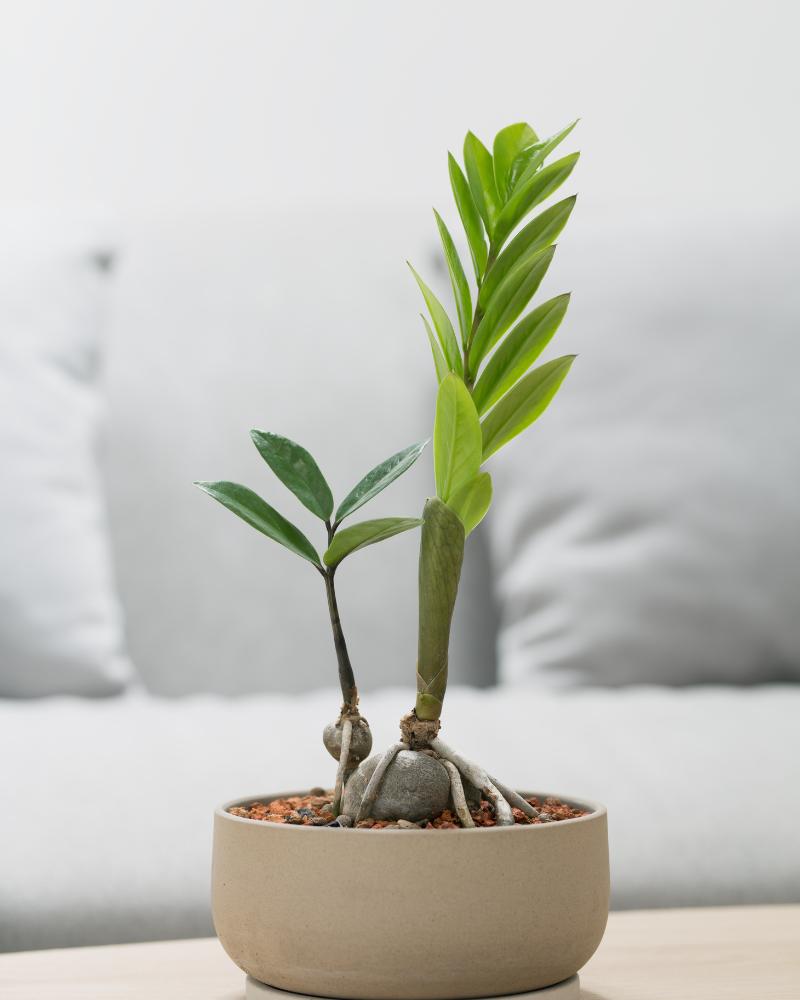
As previously stated, this plant doesn’t need special care and will grow fine with primary care. The ZZ plant doesn’t require frequent fertilization or watering since it’s a slow grower, and you don’t have to worry about pruning it.
Let’s take a look at some of the primary care requirements!
Light Requirements
These plants’ ability to tolerate various light conditions makes them one of the best plants to grow indoors, even with low light. While they can tolerate low light conditions, the plant will thrive with bright indirect light.
Avoid exposing the plant to direct, intense sunlight as this could easily scorch the plant and cause the yellowing of leaves or even the plant to dry up.
Watering Requirements
If you love the low light tolerance of this plant, you’ll be more mesmerized by its ability to go a long time without water. Since it has adapted to a dry climate, the ZZ plant can last weeks without watering, which won’t impact it.
Always ensure the topsoil is completely dry before watering the plant. The regular watering routine for the plant should be once every three weeks.
It’s crucial to ensure you don’t overwater the plant, as this will likely lead to root rot and the development of other fungal diseases that could harm your plant.
Root rot in the ZZ plant
When the plant has soggy soil, it creates the perfect environment for fungus to develop, and this, in turn, causes root rot. Once this disease has affected the plant, reducing watering won’t be enough to save the plant.
Remove any affected roots using a sterilized clipper or shears to completely cure the plant. Otherwise, the condition will reoccur once you water your plant.
Take the plant out of the pot by tilting it to the side and carefully sliding it out. Remove the soil covering the roots slowly to see all the affected roots.
Remove any dark or mushy roots from the plant by cutting them out with a sterilized tool.
Repotting the ZZ Plant
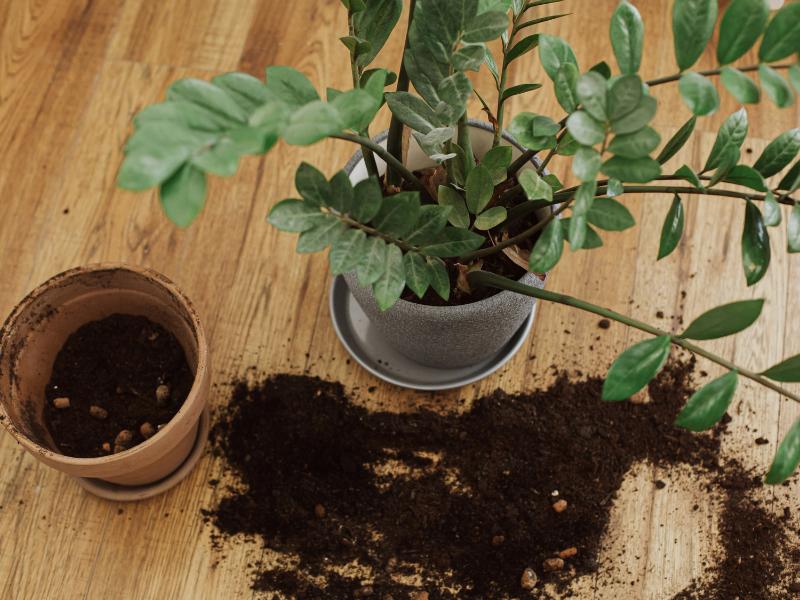
Repotting should be done once the plant has outgrown its current pot. This is usually exhibited by the roots sticking out of the drainage holes, indicating the plant has become root-bound. As such, you have to transfer it to a bigger pot.
By doing this, you ensure the plant’s roots have enough space to expand and the plant can grow.
Here are the steps you should take when repotting the ZZ plant:
- Repotting should be done at the beginning of the growing season, usually in spring.
- First, remove the ZZ plant from its old pot by flipping it to the side and sliding it out.
- Remove the soil from the plant and place it in a new and bigger pot. Ensure you use fresh soil mix when planting since the old soil mix could be infected with fungus.
- Gently press down the soil around the plant.
- Now, water your repotted plant and let the water drain.
- Ensure you keep the ZZ plant from direct sunlight as it can cause leaf burn and change color.
Temperature and Humidity Requirements
The ZZ plant will thrive when the temperatures are between 60 – 70℉. For people living in areas where the temperature drops below 40℉, it’s better to grow your plant indoors as this plant isn’t frost tolerant.
You don’t need to worry about humidity. This plant will tolerate the average household humidity levels of around 40%. If it gets really dry, use a humidifier to keep your plant glowing!
Propagation of the ZZ Plant
This plant is pretty easy to propagate. While there are several methods you can use, most gardeners prefer propagating by division. You get the plant’s rhizomes and nurture them in another pot to get a whole new plant.
You can also use stem and leaf cuttings.
Propagating using stem cuttings
You’ll need a sterilized knife, a nursery pot with drainage holes, and fresh potting soil to propagate through this method.
Use the knife to cut at the base of a healthy ZZ stem.
Place the cuttings you make in a glass container with water. Ensure you change the water every 2-3 days to prevent infection and growth of mold, which could lead to rotting.
Now, place the container where it can get plenty of indirect sunlight.
Once you see root formation on the cuttings, you can plant them in the nursery and later repot them as new plants.
Propagation by leaf cuttings
This process is longer as compared to rhizome division or using stem cuttings. Still, it has the advantage of a high success rate. It also may be worth the wait.
Here is how to go about it:
- Cut some leaves near the plant’s stalk with a small part of the stem.
- Get a fresh potting mix and bury the cuttings around an inch deep. Ensure you use several cuttings to increase the success rate of propagation.
- Water the cuttings after propagating and let the soil dry, then water again.
- Remember, the ZZ plant is a slow grower. As such, the growth may not be visible for at least three months after you have propagated.
Fertilizer Requirements
Fertilization should be done twice during the growing season since the plant is a slow grower and won’t need a lot of feeding.
You can use a balanced fertilizer such as 10-10-10 or 20-20-20 to ensure the plant is replenished with all the nutrients it needs.
When fertilizing, follow the manufacturer’s instructions, usually displayed on the original packaging of the fertilizer.
Avoiding frequent fertilization is vital since it can cause overfertilization and burn the plant’s roots.
Commonly Asked Questions
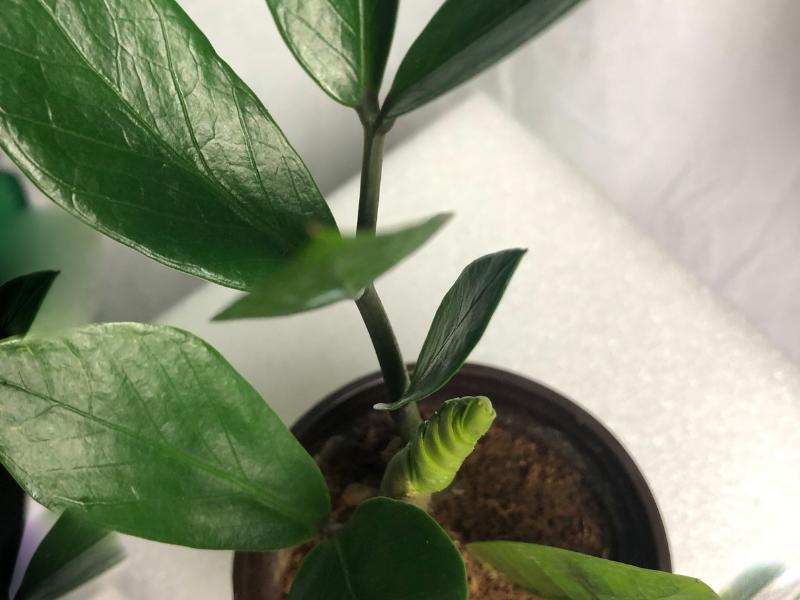
Now that we’ve covered everything you need to know to choose the suitable soil for your ZZ plant, let’s look at some common concerns people have about this plant.
1. What kind of soil does the Raven ZZ need?
Every variety of this plant can grow in a similar potting soil. The best soil to use for the plant is a well-draining one. Choosing a well-drained soil for the plant is essential as it’s easily watered. As such, it’s easy to overwater it.
2. Does the ZZ plant need unique soil?
No, this plant doesn’t need any special soil. The Raven ZZ plant is adaptable to different soils as long as they’re well-drained. You also won’t have to worry about adding nutrients to the soil as the plant will survive in soil that’s not nutrient-rich.
The most important thing about the soil is drainage, which can be improved by adding components such as peat moss, coco coir, and perlite to improve aeration.
3. Can I use succulent soil for a ZZ plant?
Yes, cactus or succulent soil is a suitable substrate for the plant as it has excellent drainage.
If you want even better drainage, you can add a couple of components to the soil, such as horticultural sand, perlite, and coco coir.
Summing Up
The Raven ZZ plant is low-maintenance and will only need porous, well-drained soil. Whether you use store-bought potting soil, cactus, succulent mix, or make your own potting soil, always ensure the soil you have is well-draining.
Since the plant lacks specialized care, you’ll need to provide it with the basics to meet its needs.
The ZZ plant isn’t only great to look at; its versatility will leave you desiring one. Not only do they need less watering and fertilization, but they can also survive in different low-light areas, making them perfect for indoors.
To ensure the plant thrives, provide it with all its basic care requirements and place it in a place with indirect light.
Remember, for this plant, it’s the little things that count!

